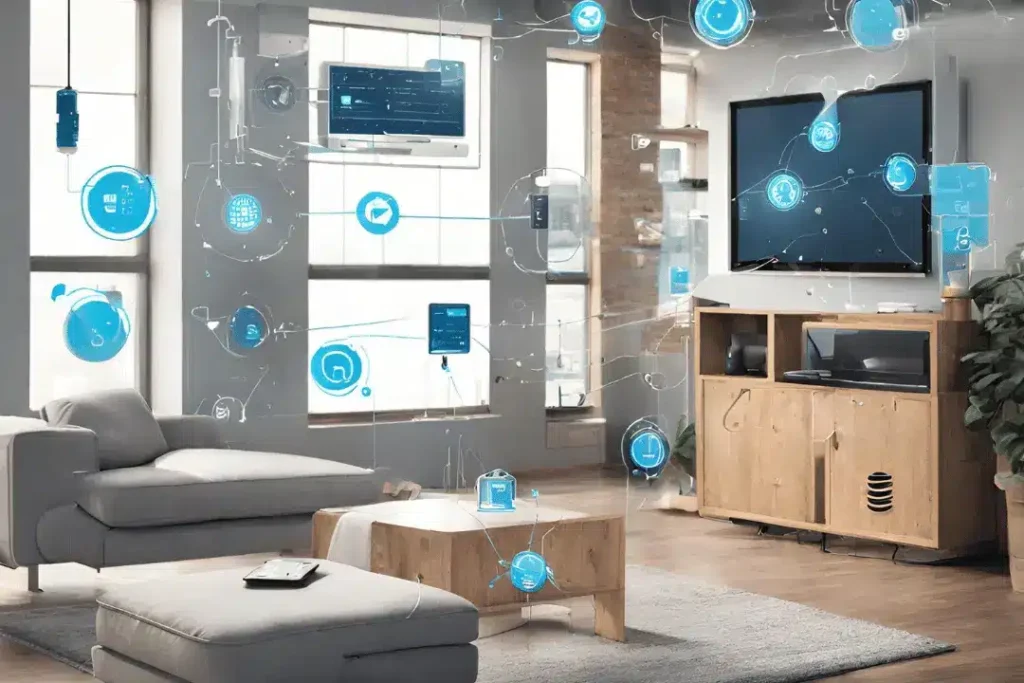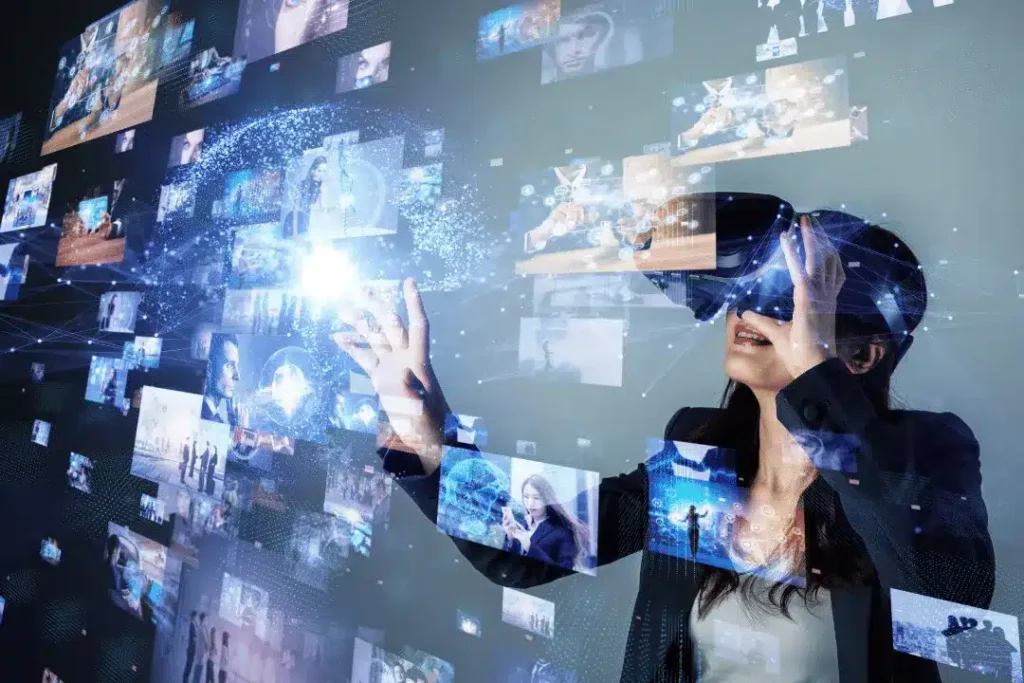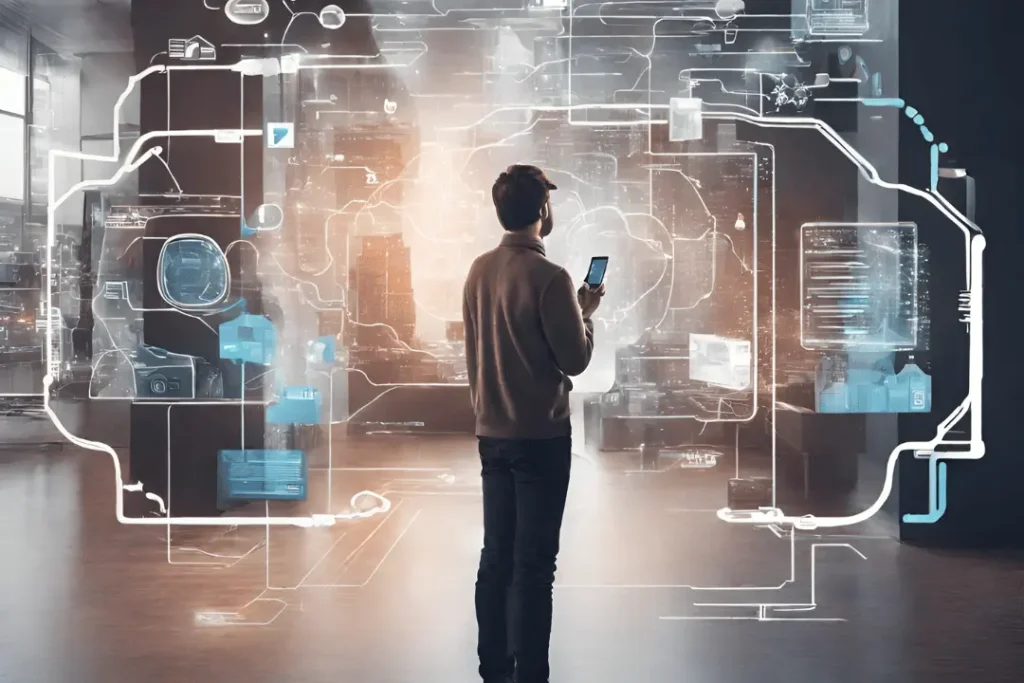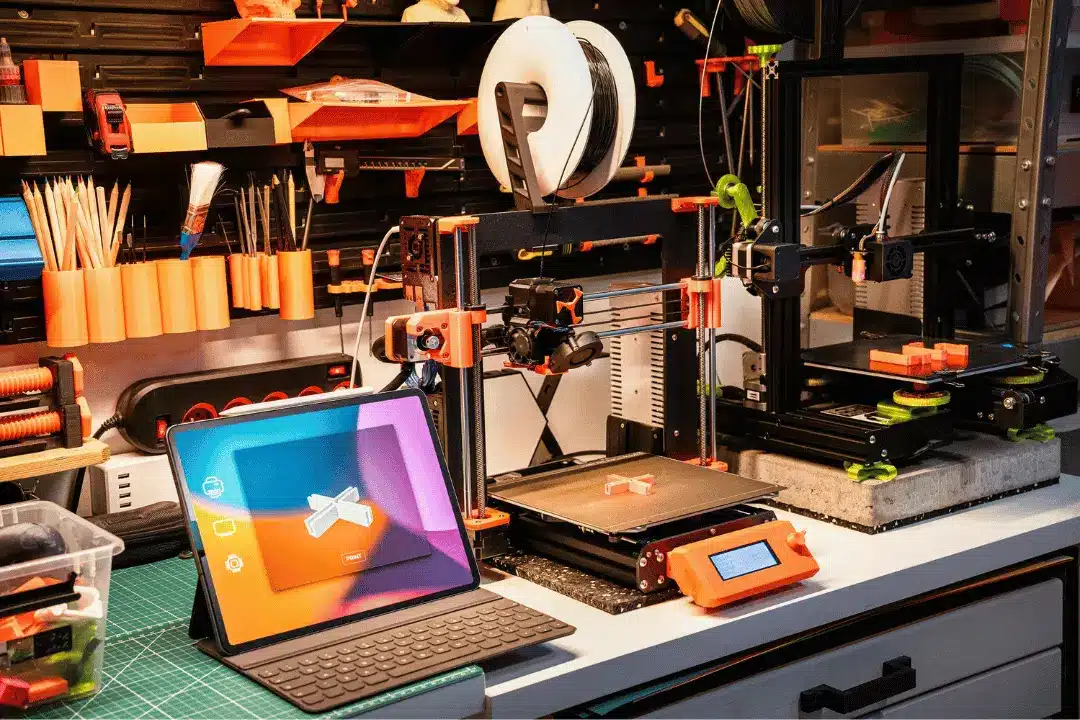Table of Contents
The world stands at the precipice of an extraordinary technological revolution. In an age where innovation knows no bounds, monumental strides are reshaping our future, fundamentally altering the fabric of our existence.
The evolution from artificial intelligence to quantum computing represents an unparalleled journey, where the frontiers of what’s achievable are continuously redrawn.
These cutting-edge technologies aren’t merely redefining norms; they’re ushering in an era where innovation becomes the cornerstone of progress.
We find ourselves in a transformative epoch where the integration of these groundbreaking technologies is revolutionizing every facet of our lives.
Artificial intelligence isn’t just a concept confined to research labs; it’s the driving force behind autonomous vehicles, personalized medical treatments, and predictive analytics that revolutionize industries.
The landscape of communication and data exchange is reimagined through the Internet of Things, where interconnected devices seamlessly communicate, elevating efficiency in sectors ranging from healthcare to manufacturing.
Blockchain technology disrupts traditional systems, offering an incorruptible and transparent ledger that redefines trust and accountability.
Virtual Reality isn’t merely a form of entertainment; it’s an immersive gateway to education, therapy, and new realms of human experience.
Augmented Reality, overlaying digital elements onto the real world, is reshaping how we interact with our environment, from enhancing retail experiences to revolutionizing healthcare diagnostics.
The advent of 3D Printing has transformed manufacturing and design, enabling the creation of intricate structures, prototypes, and customizable products.
Quantum Computing, harnessing the enigmatic laws of quantum mechanics, stands on the cusp of unraveling complex problems that were once deemed unsolvable by traditional computers.
The convergence of these technologies represents a pivotal juncture in our history—a juncture where imagination meets tangible reality, and the possibilities seem boundless.
In this exploration, we delve into the intricacies of these seven futuristic technologies, not merely as standalone advancements, but as the architects of an imminent, transformative era of innovation.
This article embarks on an odyssey through these technological marvels, elucidating their applications, potential, and the paradigm shifts they’re set to induce across industries.
The dawn of this new technological age isn’t merely a change; it’s an evolution—a testament to humanity’s unyielding pursuit of progress and the uncharted territories it unfolds.
1. Artificial Intelligence (AI): Transformative Applications of Futuristic Technologies

Google Gemini AI: Leading the Charge in Multimodal Intelligence

At the forefront of this revolution stands Google Gemini AI, a multimodal AI system capable of understanding and generating various forms of information.
Unlike traditional language models limited to text, Gemini transcends these boundaries, processing and generating data across multiple modalities including text, images, code, and even music.
This groundbreaking capability paves the way for a plethora of transformative applications across industries:
Creative Exploration:
- Music composition: Imagine a future where composing intricate symphonies or catchy pop tunes becomes as effortless as humming a melody. Gemini AI’s ability to understand and generate musical pieces unlocks a new era of creative expression.
- Image manipulation and generation: From photorealistic enhancements to creating entirely new landscapes, Gemini’s capabilities in image processing and generation offer endless possibilities for artists, designers, and hobbyists alike.
- Code development: By analyzing existing code and understanding programmer intent, Gemini can assist in code generation, streamlining development processes, and reducing errors.
Enhanced Research and Analysis:
- Scientific research: Gemini’s ability to analyze vast amounts of data from diverse sources, including text, images, and scientific models, empowers researchers to uncover hidden patterns and accelerate scientific progress.
- Market research: By analyzing consumer data across various modalities, Gemini can provide businesses with deeper insights into customer preferences and market trends, enabling them to make informed decisions.
- Financial forecasting: By analyzing historical data alongside real-time market information, Gemini can generate accurate financial forecasts, mitigating risks and maximizing potential returns.
Revolutionizing Accessibility and Everyday Life:
- Personalized education: By tailoring learning materials to individual student needs and learning styles, Gemini can personalize educational experiences, improving comprehension and engagement.
- Enhanced communication: Language barriers may soon become a thing of the past. Gemini’s ability to translate languages accurately and fluently can facilitate seamless communication across cultures and geographies.
- Increased accessibility for people with disabilities: Gemini can be used to develop assistive technologies that empower individuals with disabilities to navigate the world more easily and independently.
These are just a few examples of the transformative potential of Google Gemini AI. As this technology continues to evolve, its impact across industries and daily life promises to be profound, shaping a future where technology empowers individuals and drives positive change across all aspects of society.
Further Reading:
2. Internet of Things (IoT): Interconnected Innovations in Futuristic Technologies

The connectivity within the Internet of Things links devices together, facilitating effortless sharing of information.
In healthcare, IoT devices monitor patients’ vitals in real-time, facilitating remote health management.
Manufacturing industries leverage IoT sensors to optimize production processes, reducing downtime and enhancing productivity.
Example:
- Smart Cities: Implementing IoT in urban infrastructure for efficient energy consumption and traffic management.
Further Reading:
3. Blockchain: Redefining Trust and Transparency in Futuristic Technologies

Blockchain ensures secure, transparent transactions without intermediaries. In finance, cryptocurrencies like Bitcoin and Ethereum operate on blockchain technology, offering decentralized and secure transactions.
Similarly, supply chain industries employ blockchain to trace the origin and journey of products, enhancing transparency and combating counterfeiting.
Example:
- Supply Chain: Walmart implements blockchain to track the origin of fresh produce, ensuring food safety.
Further Reading:
4. Virtual Reality (VR)

VR technology immerses users in simulated environments.
In education, VR enables immersive learning experiences, allowing students to explore historical sites or visualize complex concepts in science.
Example:
- Education: Google Expeditions offers VR tours to explore global landmarks and historical sites.
Further Reading:
5. Augmented Reality (AR)

Augmented Reality superimposes digital data onto the physical environment, revolutionizing diverse sectors and their operations.
In retail, AR applications allow customers to virtually try on clothes or visualize furniture in their homes before purchase.
Example:
- Retail: The IKEA Place app enables users to place virtual furniture in their space before buying.
Further Reading:
6. 3D Printing: Evolutionary Manufacturing through Futuristic Technologies

3D Printing revolutionizes manufacturing by creating objects from digital designs.
In aerospace, companies use 3D printing to manufacture lightweight and durable aircraft components.
Example:
- Aerospace: Boeing utilizes 3D printing for manufacturing parts in its aircraft.
Further Reading:
7. Quantum Computing: Quantum Leaps in Futuristic Technologies

Quantum Computing harnesses quantum mechanics to perform computations at extraordinary speeds.
In drug discovery, quantum computers analyze molecular structures, expediting research and development processes.
Example:
- Pharmaceuticals: Google’s Quantum AI Lab explores quantum computing for drug discovery.
Further Reading:
Challenges and Risks
While these technologies offer immense potential, they also pose challenges.
Privacy concerns in AI and IoT, regulatory hurdles for blockchain, and the ethical implications of VR/AR are among the issues requiring careful consideration.
Final Thoughts
These seven futuristic technologies are just the beginning.
As they evolve, they’ll redefine industries, create new opportunities, and enhance our lives.
Staying informed and adaptable is crucial in navigating this rapidly changing technological landscape.
If you’re curious about the practical applications of these innovations, explore our article on Discover 2024’s Must-Have Gadgets to see how these technologies are shaping the gadgets we’ll soon rely on.
As they continue to evolve, their influence will transcend boundaries, reshaping industries, fostering innovation, and profoundly enriching our lives.
Their impact will reverberate across sectors, creating unprecedented opportunities and challenging the status quo.
Staying informed and adaptable in this swiftly changing technological landscape isn’t merely a choice; it’s a necessity.
Embracing a mindset of continuous learning, curiosity, and openness to innovation will be the cornerstone of success in navigating these advancements.
As these technologies unfold, being proactive in understanding their nuances and implications will empower us to harness their full potential.
The dynamism of these innovations demands not just passive acceptance but active engagement.
Embracing change and leveraging these advancements to address societal challenges, drive progress, and enhance human experiences will define our ability to thrive in this era of rapid evolution.
In essence, these technologies are catalysts for change, signaling a future where adaptability and knowledge serve as the compass guiding us through uncharted territory.
By staying ahead of the curve and embracing the transformative power of these innovations, we pave the way for a future where possibilities are boundless and where our collective potential knows no limits.
Frequently Asked Questions(FAQs)
- What industries benefit most from these technologies? These technologies have wide-ranging applications across industries such as healthcare, finance, manufacturing, education, and entertainment.
- Are there ethical concerns with these technologies? Yes, ethical considerations like data privacy, bias in AI algorithms, and societal implications of immersive technologies are important to address.
- How can individuals prepare for the impact of these technologies? Ongoing education and keeping abreast of technological progress are essential. Understanding their implications on various aspects of life is crucial in adapting to their impact.
